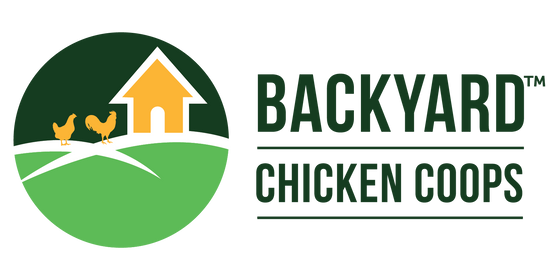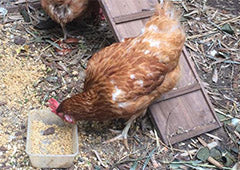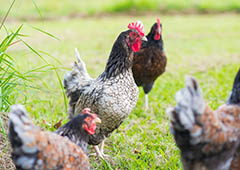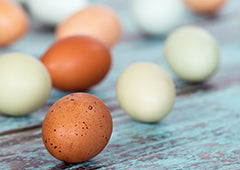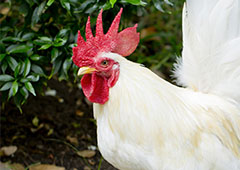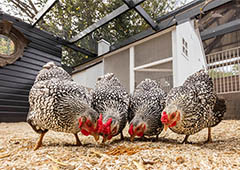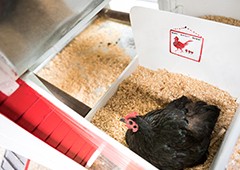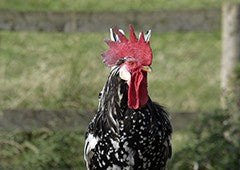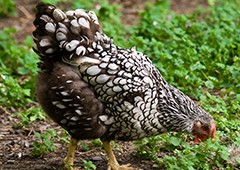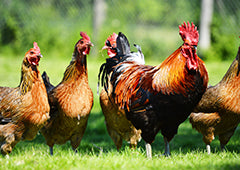The term “super-food” gets casually tossed around a fair bit these days however kale well and truly deserves the title. Not just for its dense nutrient content but also because of its cancer fighting properties and its ability to thrive through bitter winters. So, if you’re thinking about clearing a spot in your garden or maybe you’re thinking about putting a bag of kale into your trolley, here are 7 amazing facts you need to know about kale.
1. Kale is one of the most nutrient dense foods on the planet
Kale is so good for you it puts lettuce or cabbage to shame. Kale is rich in vitamin A, C and K, which basically boils down to great vision, strong bones and reduces the risk of cancer. Kale is also filled with anti-oxidants and high in fibre, which of course helps with regularity, as well has having detoxifying effects. If that’s not enough, Kale is actually a huge source of iron, which makes it perfect for vegetarians who may be having trouble supplementing iron into their diet. Lastly it is also low in calories and has absolutely no fat! If that’s not a super-food I don’t know what is.
2. There are many different popular types of kale
There are really many different types of kale, normally ranging in colours from green to red, as well having a variety of different shapes and appearances.
Curly Kale: Curly Kale is either a green or purple type of kale that is of course slightly curly and wavy in appearance. It can be tough and difficult to chop, when fresh however it is easy to tear. It has a pungent flavour with a slight peppery bitterness, however is still less bitter than other types of kale.
Dinosaur Kale: Dinosaur Kale is a bluish-green variety that has long and slightly wrinkled leaves. It has a firm texture that sustains its body even after cooking. As far as kale is concerned it is slightly on the sweeter side with earth and nutty notes.
Red Russian Kale: Red Russian Kale is a flat variety of kale that has reddish leaves that adopt a slightly purple tinge at its stem. It is considered one of the sweetest kales available with a mild peppery flavour. Be sure to remove as much as the stem as possible, as it is a tough, woody and fibrous material that will not add much to your meal by way of flavour or texture.
Redbor Kale: Rebor Kale is a beautifully red variety with wavy fringes at the end of the leaves, which almost resembles cresting waves. It is one of the most aesthetically beautiful types of kale available that will look stunning both on your plate and in your garden.
3. Don’t go overboard with kale straight away
Kale is such an impressive, nutrient rich food that some people’s bodies take some time to adjust to the onslaught of goodness. On occasion people experience bloating or overwhelming regularity after their first kale-inspired meal. Some people recommend it’s better to start with smaller doses of kale, like kale chips, before moving on to a big bowl of kale salad.
4. Autumn is the perfect time to grow your kale in Australia
Kale is a strong and durable plant that can grow in almost any climate. It has been popular staple for countries in the northern hemisphere and was one of the most popular green leafy vegetable during the Middle Ages. This might have been in large part due to the fact that kale can withstand colder weather and actually develops a slightly sweeter taste if it is exposed to frost at some stage during its growth. Most Australian’s don’t experience any severely cold weather at any time but that doesn’t necessarily mean we have to resign ourselves to inferior or overly bitter kale. Grow your kale in a spot in your garden that receives direct sunlight, yet is also partially shaded throughout the day. To this point, kale should ideally be grown at temperatures around 21 degrees, so it might be best to plant your crop around mid-autumn in Australia.
5. Soil should be moist but not too moist, acidic but not too acidic
It’s best to grow your kale in loamy, well-drained yet moist soil. The important thing is to ensure that the soil doesn’t become overly saturated, so many gardeners elect to grow their kale in raised garden bends that promote healthy drainage. Additionally, kale ideally grows in a soil with a PH ranging between 5.5-6.8- so just that little bit on the acidic side. Keeping chickens in your garden is one way to help ensure the health of your soil, which you can read about here.
6. There are so many different ways to enjoy kale
Whether you’re mixing it through in a salad, putting it on a burger or sautéing a few leaves in a pan, there are so many different ways to enjoy the taste and health benefits of kale. It’s becoming a popular ingredient in green smoothies, as well as also being readily available as crispy chips, which is a tasty and easy way to enjoy the added nutrient boost that kale offers.
7. Your chickens will love eating your kale
Kale isn’t just good for you and your family, your flock of feathered friends will also delight in munching on a big heap of tasty nutrient dense kale. Try suspending some kale from the roof of the chicken run and watch your girls go wild, as the peck and prod at the kale- that'll surely help entertain those restless chooks. If you want to give your chicks a health boost, make sure that you give them some kale from your garden.
This is only just scratching the surface of all the wonderful benefits there are to growing and eating kale. Kale really typifies everything that it means to be a super-food in terms of taste, health benefits and ease to grow. Be sure to plant some kale in your backyard in autumn in a nice sunny yet partially shaded spot, so that you can enjoy the benefits of this truly super super-food.
If you want to find out more about what you can grow in your garden across the seasons, simply click here.

